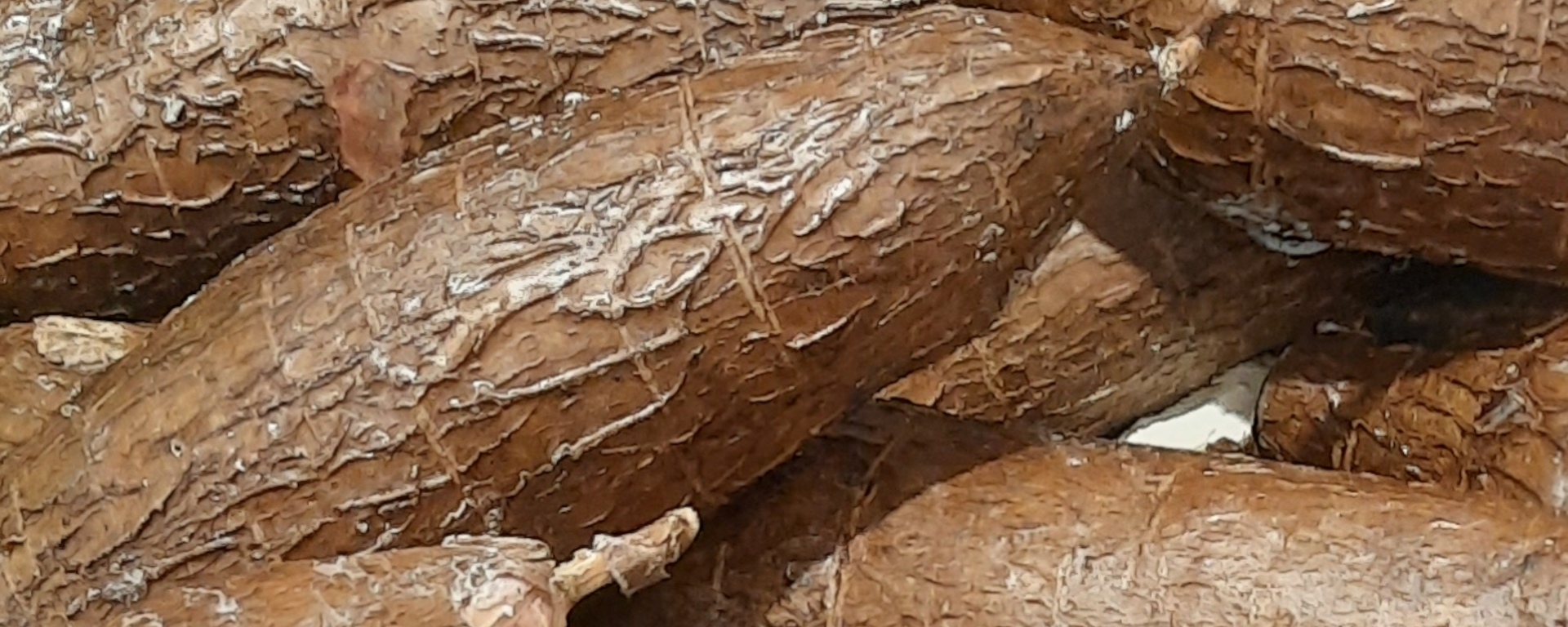What’s the Difference Between Roots, Tubers, Rhizomes, Corms, Stolons, and Bulbs? First, let’s acknowledge what makes this whole list all the same. Roots, Tubers, Rhizomes, Corms, Stolons, and Bulbs are all bulbous type of plants that grow pretty much underground or near underground, called Geophytes. The word geophyte is used to describe a plant that has underground storage organs or structures that hold water or some form of carbohydrate for the plant.
These take various forms but generally are used to help the plant survive during adverse conditions like bad weather, herbivore predators, no sunlight for their leaves and scarce resources overall. This is done so the plant can flower and produce more of itself.
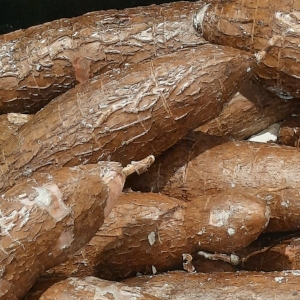 Basically, the plant will store it’s resources of food, nutrients, and water, in various underground (or near underground) means and use them when needed or to propagate.
Basically, the plant will store it’s resources of food, nutrients, and water, in various underground (or near underground) means and use them when needed or to propagate.
From the Geophyte classification above, we can further break down the differences between all the different geophyte plants and what separates them from each other or makes them different. There is some overlapping of definitions and that’s likely the reason why there’s so much confusion of what root vegetables are (and aren’t). Hopefully we can add some clarification to the whole subject.
What is a Tuber?
Tubers are a type of these geophyte plants that have structures or masses, that are used as storage organs for the plant’s nutrients and resources. A tuber will produce little buds or nodes on their surface. The common potato is a tuber and has the “eyes” all over its surface. If the eyes grow up and out of the soil they become stems and if they grow down into the soil they will become roots.
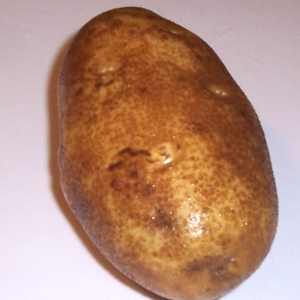 Tubers can be cut up into different pieces (with each piece having at least two of these buds) and then planted individually. New plants that will be replicas of the parent plant. As these tubers mature, new tubers should form from their roots and stems.
Tubers can be cut up into different pieces (with each piece having at least two of these buds) and then planted individually. New plants that will be replicas of the parent plant. As these tubers mature, new tubers should form from their roots and stems.
A tuber differs from a bulb and a corm by not having a basal plate from which roots develop and not having a protective tunic covering. A few examples of plants that are tubers would include the potato, Jerusalem artichokes, yam, and jicama.
What is a Rhizome?
Rhizomes are a type of geophyte plant that have horizontal stem structures that grow underground capable of producing the shoots and the root systems of a new plant. Sometimes these are called creeping root stalks, and are often branching out roots and/or shoots from its nodes. They will usually grow parallel to the Earth’s surface with their nodes as stems, tiny leaves, and buds.
Rhizomes work as food storage and aid in vegetative propagation for the plant, which is a method of growing rhizome pieces into new plants. If a rhizome is separated, each piece of the rhizome should be able to grow to an identical of the “parent” plant. A few examples of plants that are Rhizomes would include ginger, turmeric, asparagus, hops, and bamboo.
What is a Corm?
A corm is a vertical, fleshy mass or underground stem that acts as a food-storage structure in certain seed plants during dormancy. Corms or cormels are solid and do not have scales or fleshy leaves like bulbs. Corms are very similar to bulbs but lack the layered scales that characterize true bulbs.
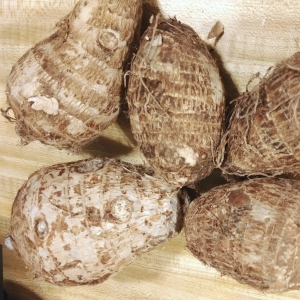 The corms have membranous or scaly leaves and buds. Contrary to bulbs, these do not appear as visible rings when the corm is cut in half as you would see in an onion bulb.
The corms have membranous or scaly leaves and buds. Contrary to bulbs, these do not appear as visible rings when the corm is cut in half as you would see in an onion bulb.
Corms have a fibrous covering and the roots emerge from a smooth area at the base. The corm contains a basal plate (the bottom of the bulb from which its roots emerge and develop), a thin tunic (a fibrous covering for the flesh interior) and a growing point where the stem emerges. A few examples of plants that are corms would include taro root, water chestnuts, and konjac root.
What is a Stolon?
Stolons are horizontal stems that grow along the ground. They are often called “runners” because they can produce new plants from the buds that they form. Stolons are a type of vegetative reproduction, which means that they are a way for plants to reproduce without producing seeds.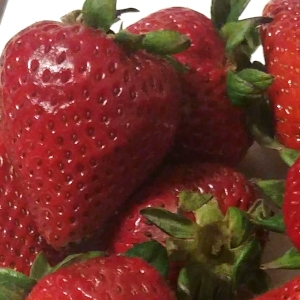
Stolons are found in a variety of plants, including strawberries, raspberries, and creeping Jenny. They can be a useful way to propagate plants, as they can quickly create new plants from a single plant.
Think of it like this, stolons are like little plant highways. They grow horizontally along the ground, and they can produce new plants from the buds that they form. This is a great way for plants to spread and colonize new areas.
If you’ve ever seen a strawberry plant, you’ve probably seen stolons. The long, thin stems that grow out from the main plant are stolons. They eventually root and form new strawberry plants.
Stolons are a pretty cool way for plants to reproduce. They’re a lot more efficient than producing seeds, and they can help plants to spread quickly.
What are Bulbs?
The term “bulb” is thrown around a lot to refer to plants that have these same described “underground fleshy storage structures”. However, only some of the plants commonly called bulbs can actually botanically be called “bulbs”. Basically you can think of a bulb as any plant that stores its complete life cycle in an underground storage structure. True bulbs are made up of modified leaf tissue known as scales.
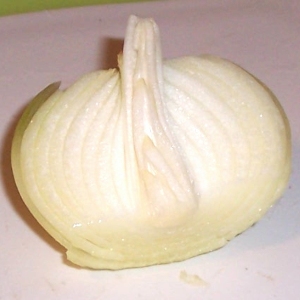 If you cut a true bulb in half, you would see these layers of scales, with the main growing points in the center. In contrast, if you cut a corm, tuber or rhizome in half, you would see solid tissue.
If you cut a true bulb in half, you would see these layers of scales, with the main growing points in the center. In contrast, if you cut a corm, tuber or rhizome in half, you would see solid tissue.
Generally, bulb-like plants are usually perennials. They have a period of growth, flowering and then dormancy, where they die back to ground level at the end of each growing season. A few examples of bulb vegetables would be onions, fennel, leeks, and shallots.

